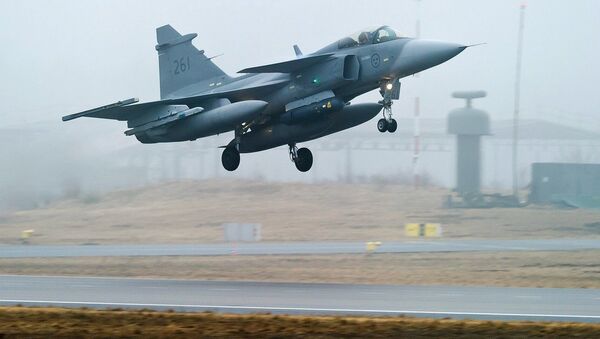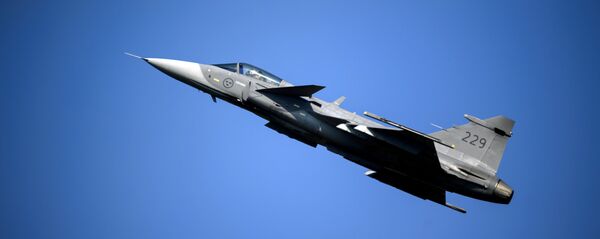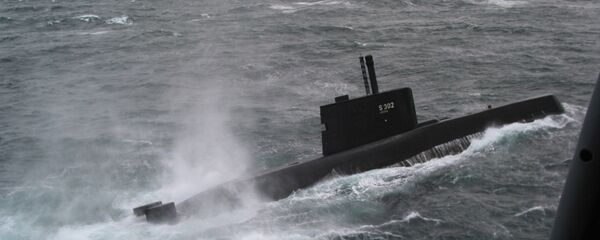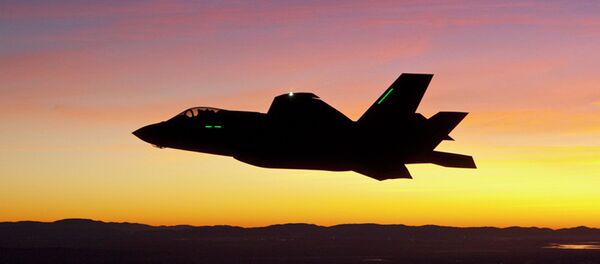"Canada says that positions at the starting grid are equal for all competitors," Saab's CEO Håkon Bukshe told the Swedish newspaper Svenska Dagbladet.
When Canada's Liberal Prime Minister Justin Trudeau was sworn in last year, he promised to stop the country's order for 65 US-build F-35 Joint Strike Fighters, citing problems with the price tag. According to The Engineer, the fully developed aircraft will set potential buyers back over 100 million dollars each, even without a motor. Others expressed concerns that the final cost may rise even higher.
@Saab #Gripen The "Tiger" of #Czechairforce @ObranaTweetuje at @NatoTigers in #ZAZ 20-may-16 pic.twitter.com/EodEOJq4cS
— Juan Miguel Anatol (@jmanatol) 12 июля 2016 г.
The Canadian government is therefore on the lookout for cheaper alternatives to their current CF-18 Hornet aircraft, which were purchased in the early 80s and are a variant of the McDonnell Douglas F/A-18 Hornet. Initially, the idea was to replace them as early as in the 2000s, but serial avionics uprgrades have extended the plane's service life to 2020.
Another promising candidate from Boeing is the company's F-15E Strike Eagle, which according to many experts, suits Canada best, but is also a more expensive alternative.
Besides Saab, there are two more European contestants. One is the EADS/BAE consortium with its Eurofighter Typhoon: its main strength is that is used by a number of NATO heavyweights such as Great Britain, France, Germany, Spain and Italy. The other one is Dassault Aviation's Rafale, which has had difficulty reaching export success, but is also nevertheless used by Egypt and Qatar outside France.
So much for the Gripen's advantages. Unlike the Super Hornet, the Strike Eagle and the Eurofighter Typhoon, the Gripen is single-engine only, whereas the Canadians openly said they preferred a twin-engine fighter. On the other hand, the Joint Strike Fighter, Ottawa's initial pick, is single-engine, too.
If Canada were to buy the Gripen, Ottawa would have the largest Gripen fleet in the world. Originally, the plan was to buy 65 Joint Strike Fighters, compared with the 60 Gripen E the Swedish Air Force ordered to replace their outdated fleet.
Previously Saab suffered a number of international setbacks, the most painful among them perhaps being refusals from Sweden's Nordic peers. Norway, Finland and Denmark have all turned down the Gripen at various stages.
Small Diameter Bomb on BRU-61A carriage system on #GRIPEN at #FIA16 @Saab @BoeingDefense pic.twitter.com/vUuNh05kM1
— MILITARY TECHNOLOGY (@MILTECH1) 12 июля 2016 г.






